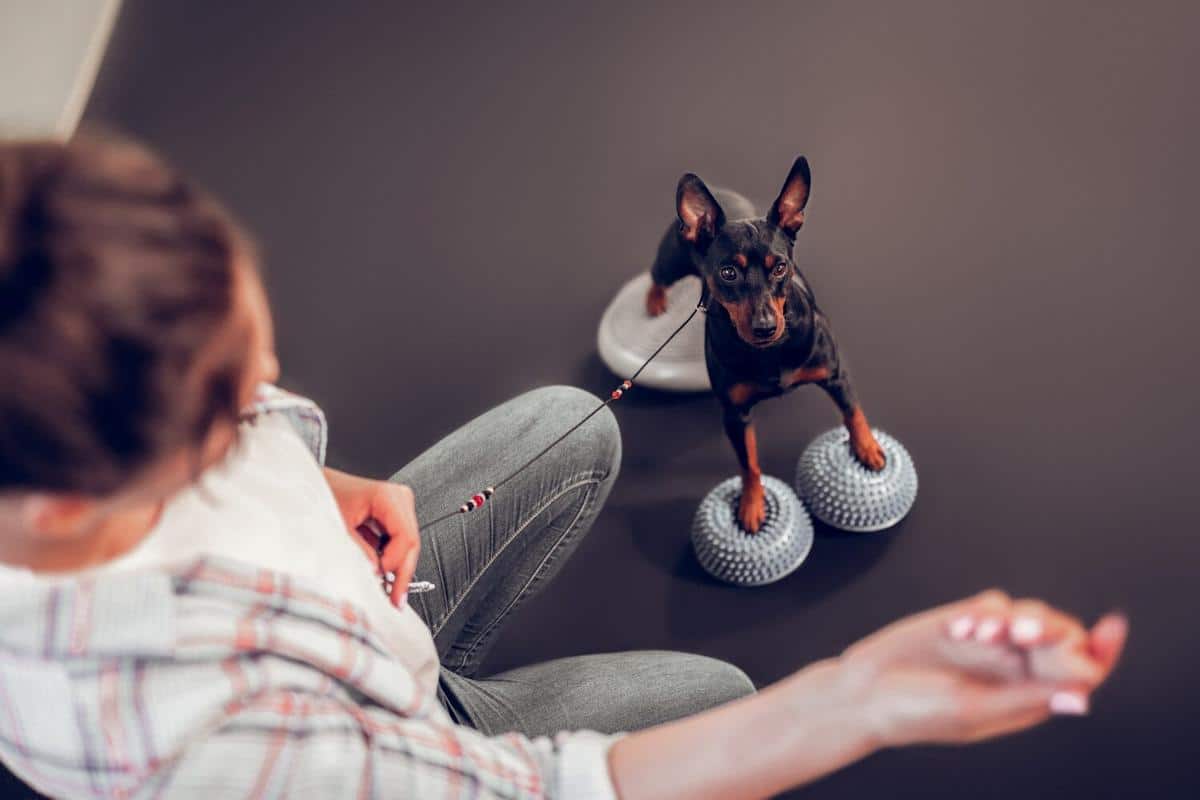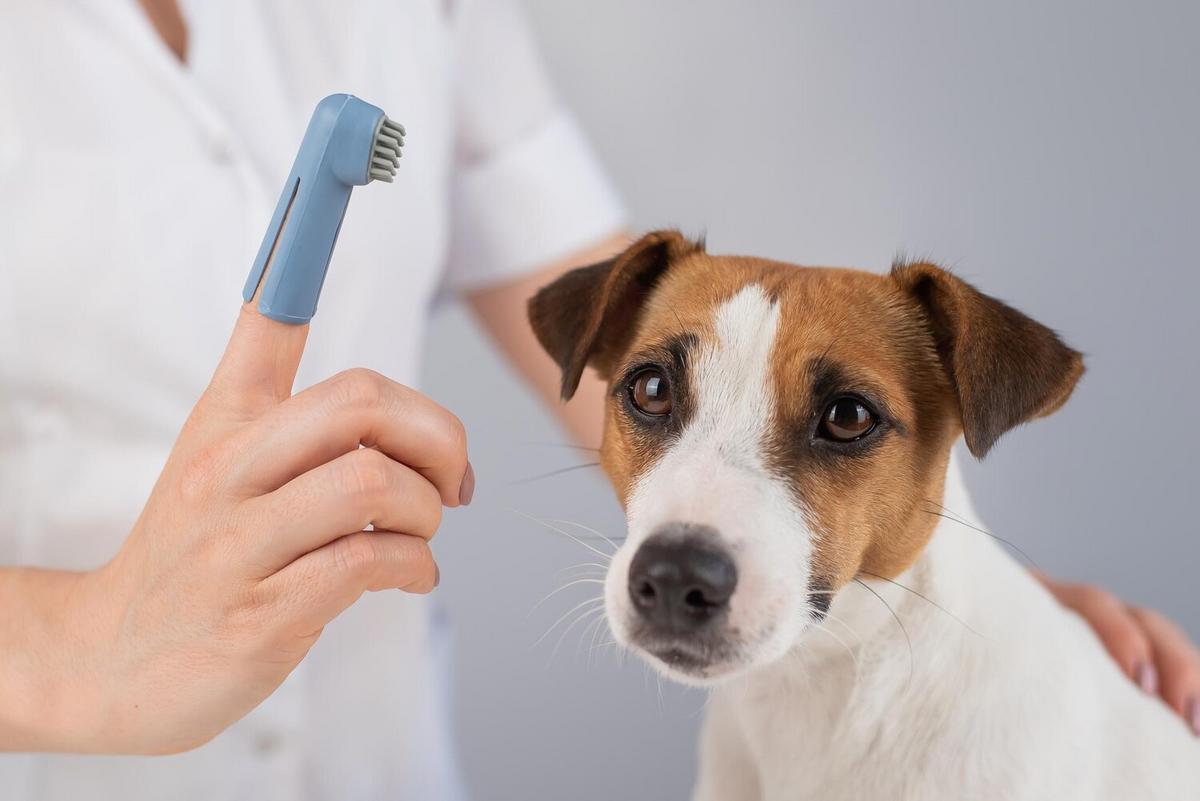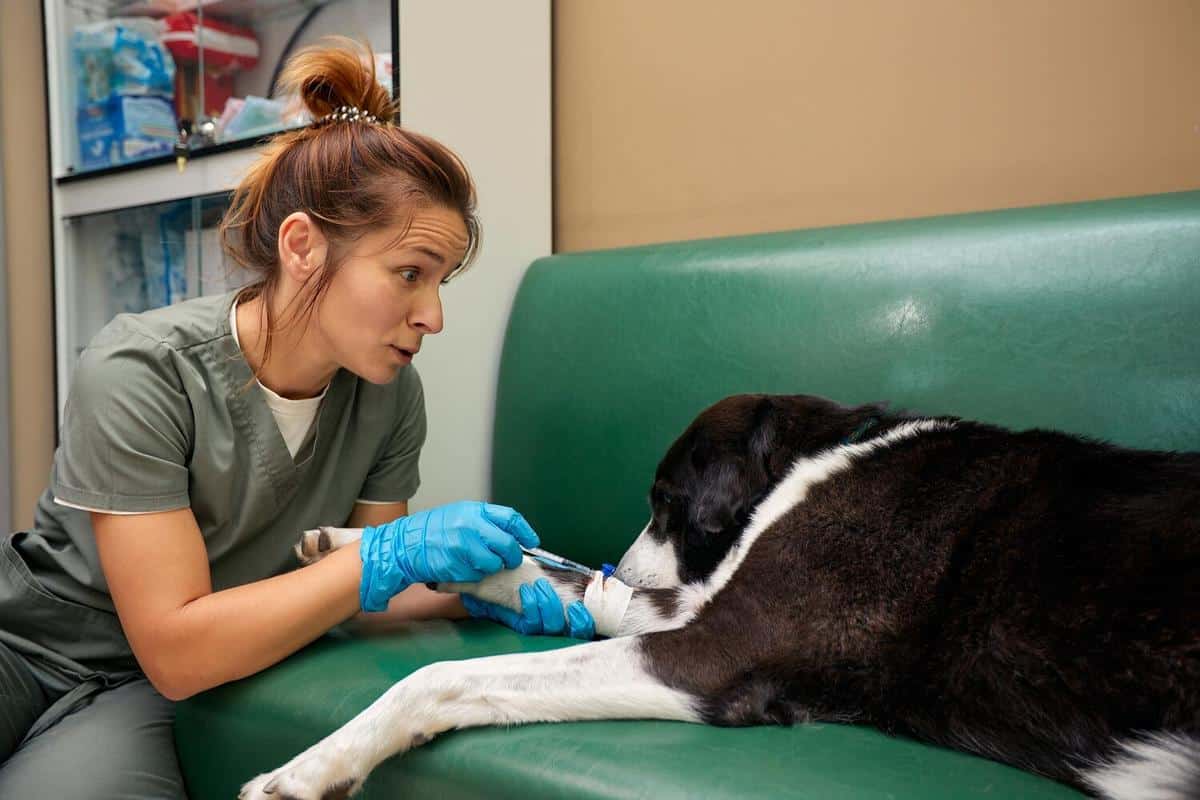
Best Practices for Preventing Obesity in Pets
Obesity in pets is a growing concern that not only affects their health but also their quality of life. With more pet owners becoming aware of the importance of maintaining their furry friends’ health, it’s crucial to explore effective strategies to prevent obesity.
Understanding Pet Obesity
Pet obesity is not just an aesthetic issue; it’s a serious health condition that can lead to myriad problems such as diabetes, arthritis, and heart disease. According to a recent survey by the Association for Pet Obesity Prevention, over 50% of dogs and cats in the United States are overweight or obese.
Expert Insights
Dr. Rebecca Remillard, a veterinary nutritionist, emphasizes the importance of portion control and regular exercise. She notes, “Preventing obesity in pets is about managing their diet and activity levels effectively.”
Signs Your Pet Might Be Overweight
- Visible weight gain
- Difficulty in breathing or walking
- Lethargy
- Ribs not easily palpable
Actionable Tips for Prevention
1. Balanced Diet
Ensure your pet is eating a balanced diet rich in nutrients. Avoid overfeeding and limit treats. Consult your vet for dietary recommendations specific to your pet’s breed and size.
2. Regular Exercise
Engage your pet in regular physical activities. Whether it’s a daily walk for dogs or interactive toys for cats, exercise is essential.
3. Regular Check-ups
Regular veterinary check-ups can help monitor your pet’s weight and overall health. Early detection of weight gain can prevent obesity-related health issues.
Incorporate playtime into your routine. A simple game of fetch or laser tag can significantly boost your pet’s physical activity.
Comparison: Dog vs. Cat Caloric Needs
| Pet Type | Weight (lbs) | Caloric Needs (per day) |
|---|---|---|
| Dog | 10 | 200-275 |
| Dog | 20 | 325-400 |
| Dog | 50 | 700-900 |
| Dog | 70 | 900-1050 |
| Cat | 5 | 150-200 |
| Cat | 10 | 200-275 |
| Cat | 15 | 275-350 |
| Cat | 20 | 350-425 |
FAQs
How can I tell if my pet is overweight?
Check if you can easily feel your pet’s ribs without a thick layer of fat. Consult your vet for a professional assessment.
What are some low-calorie treats for pets?
Consider carrot slices or green beans for dogs and cooked chicken or fish for cats.
Conclusion
Preventing obesity in pets requires vigilance and commitment from pet owners. By managing diet, ensuring regular exercise, and maintaining routine health check-ups, you can significantly improve your pet’s health. Taking proactive steps today not only enhances their quality of life but also ensures they remain your loyal companion for years to come.


